
- 1 - Understanding Kitchen Island Plumbing
- 2 - Reasons to Reroute Plumbing for a Kitchen Island
- 3 - Step-by-Step Guide to Rerouting Plumbing for a Kitchen Island
- 4 - Common Plumbing Challenges with Kitchen Islands
- 5 - Tips for Successful Plumbing Installation for Kitchen Islands
1. Understanding Kitchen Island Plumbing
Plumbing for kitchen islands is a critical part of kitchen renovations, especially when you're adding features like sinks, dishwashers, or even ice makers. However, installing plumbing for an island is often more complicated than in other areas of the kitchen due to the need to reroute pipes and ensure proper drainage.
In most traditional kitchens, plumbing lines are hidden behind walls or under cabinets. For kitchen islands, the plumbing has to be brought up from beneath the floor, often requiring additional planning, especially if you’re installing a new sink or wet bar in the center of the room.
2. Reasons to Reroute Plumbing for a Kitchen Island
There are a number of reasons why you might need to reroute plumbing for a kitchen island:
- Adding a Sink or Dishwasher: If you want to add a sink or dishwasher to your kitchen island, you will need to reroute both the water supply and drain lines to the island.
- Improving Functionality: Sometimes, rerouting plumbing is necessary to create a more functional kitchen layout, like adding a wet bar or moving an existing sink for better workflow.
- Upgrading the Plumbing System: Rerouting plumbing can be part of an overall kitchen remodel that includes updating outdated plumbing to meet current codes or improve water efficiency.
In each of these cases, rerouting the plumbing can significantly enhance the functionality of your kitchen island, but it requires careful planning and professional installation.
3. Step-by-Step Guide to Rerouting Plumbing for a Kitchen Island
Rerouting plumbing for a kitchen island requires specific steps to ensure the installation is successful and meets all local building codes. Here’s a detailed guide to help you through the process:
- Step 1: Plan Your Plumbing Layout - Begin by assessing your kitchen and determining the best location for your new sink or appliances. You’ll need to figure out how to run the plumbing from the main supply lines to the island, as well as where to position your drains. This might involve moving existing plumbing or cutting through floors and walls.
- Step 2: Shut Off Water Supply - Before you begin working on the plumbing, turn off the water supply to your kitchen to prevent leaks and flooding. You can do this by shutting off the main water valve to your home.
- Step 3: Cut Open the Floor (if necessary) - For many kitchen islands, you’ll need to cut through the floor to run plumbing pipes from the basement or crawl space. This step may require careful measurements to ensure that the pipes are routed correctly to avoid any obstructions.
- Step 4: Install the Water Supply Lines - Run the cold and hot water supply lines to the island, using either copper or PEX piping. Connect the pipes to the main water line and secure them with brackets to ensure they don’t move over time.
- Step 5: Install the Drainage System - After running the supply lines, install the drain pipe for the sink or appliance. Ensure that the drain line is pitched properly to allow for smooth water flow and prevent clogs.
- Step 6: Test the System - Before closing up the floor or walls, turn on the water supply and check for leaks in the plumbing. If everything looks good, you can proceed with finishing the installation.
- Step 7: Final Touches - Once your plumbing is in place and working correctly, finish the job by replacing any flooring you had to cut through, and make sure the island is securely connected to the plumbing system.
4. Common Plumbing Challenges with Kitchen Islands
Rerouting plumbing for a kitchen island can come with a few challenges. Here are some of the most common hurdles you might encounter:
- Limited Access to Pipes: Depending on your home's layout, it may be difficult to access the plumbing lines beneath the floor or within walls. This can make it harder to reroute water and drain lines to the island.
- Proper Drainage: Ensuring that the drainage pipes are pitched correctly is essential. If the pipes aren’t properly angled, it could lead to water backup and potential flooding.
- Code Compliance: Plumbing work must meet local building codes, and it can be difficult to stay compliant without professional assistance. Be sure to research your area’s plumbing regulations before you begin.
5. Tips for Successful Plumbing Installation for Kitchen Islands
To ensure that your kitchen island plumbing project goes smoothly, consider these professional tips:
- Hire a Professional Plumber: While DIY projects are great, plumbing is one area where it’s better to hire a professional. A licensed plumber will ensure that your system is safe, functional, and code-compliant.
- Consider Access Points: Plan ahead for future maintenance by leaving access points to the plumbing. This will save you time and money in case you need to make repairs later on.
- Choose the Right Materials: When selecting pipes for the rerouting, make sure you’re using high-quality materials that meet plumbing standards. PEX is a popular choice due to its flexibility and ease of installation.
- Test Thoroughly: Always test the plumbing system thoroughly before finalizing the installation. Checking for leaks and ensuring everything is properly connected will save you from expensive repairs down the road.
Rerouting plumbing for a kitchen island can be a challenging but rewarding project. By following these steps and tips, you can ensure a successful installation that enhances your kitchen’s functionality. If you need help sourcing plumbing supplies, visit Plumbers Supply Hub for high-quality products to make your installation process smooth and efficient.



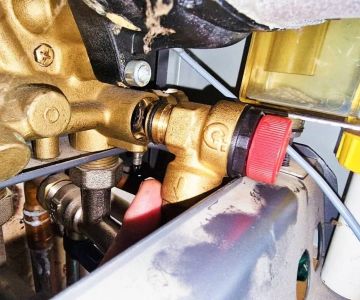

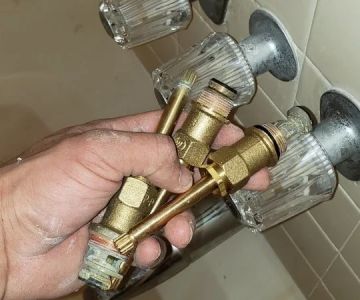
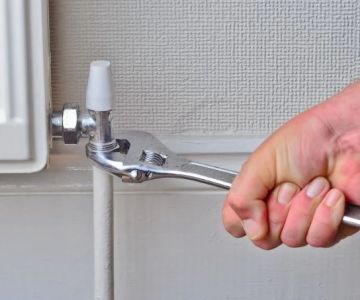
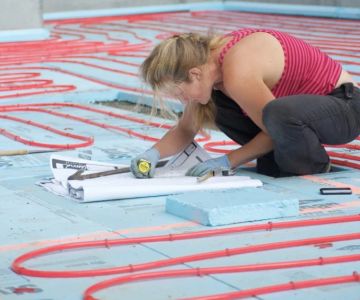
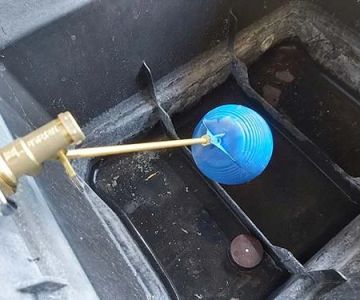
 PSP Plumbing And Sewer, Inc4.0 (35 reviews)
PSP Plumbing And Sewer, Inc4.0 (35 reviews) A One Plumbing Service Rancho Cucamonga5.0 (7 reviews)
A One Plumbing Service Rancho Cucamonga5.0 (7 reviews) Tracy Duncan Plumbing3.0 (7 reviews)
Tracy Duncan Plumbing3.0 (7 reviews) Drain Monkeys4.0 (107 reviews)
Drain Monkeys4.0 (107 reviews) Downing Plumbing4.0 (176 reviews)
Downing Plumbing4.0 (176 reviews) Daniel T Thornton Plumbing3.0 (6 reviews)
Daniel T Thornton Plumbing3.0 (6 reviews)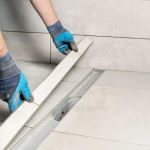 How to Replace an In-Wall Shower Drain: Step-by-Step Guide
How to Replace an In-Wall Shower Drain: Step-by-Step Guide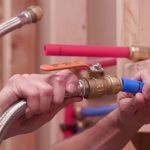 How to Replace Copper Pipes With PEX Safely | Plumbers Supply Hub
How to Replace Copper Pipes With PEX Safely | Plumbers Supply Hub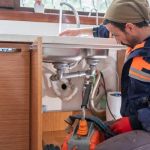 The Complete Guide to Replacing a Kitchen Sink Drain
The Complete Guide to Replacing a Kitchen Sink Drain How to Clean Out a Septic Tank Safely and Effectively
How to Clean Out a Septic Tank Safely and Effectively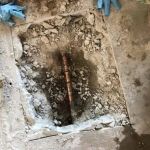 How to Detect a Hidden Slab Leak: A Complete Guide for Homeowners
How to Detect a Hidden Slab Leak: A Complete Guide for Homeowners How to Choose a Reliable Plumber for Emergency Repairs
How to Choose a Reliable Plumber for Emergency Repairs